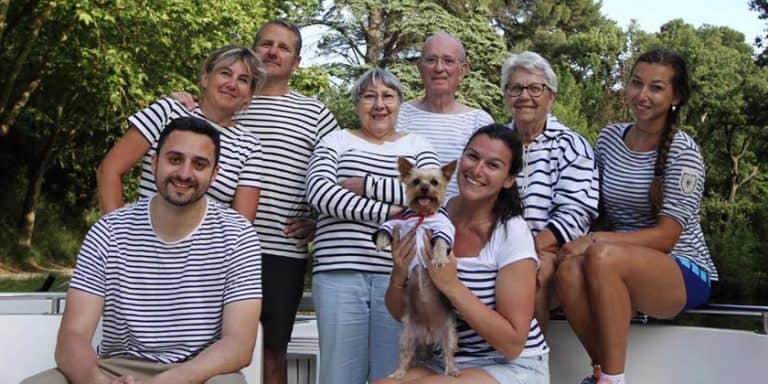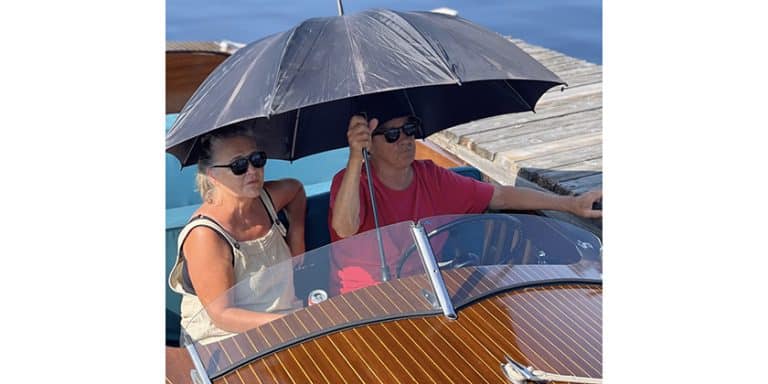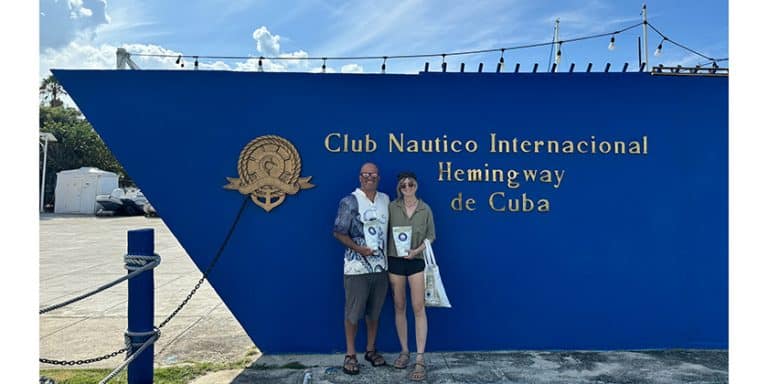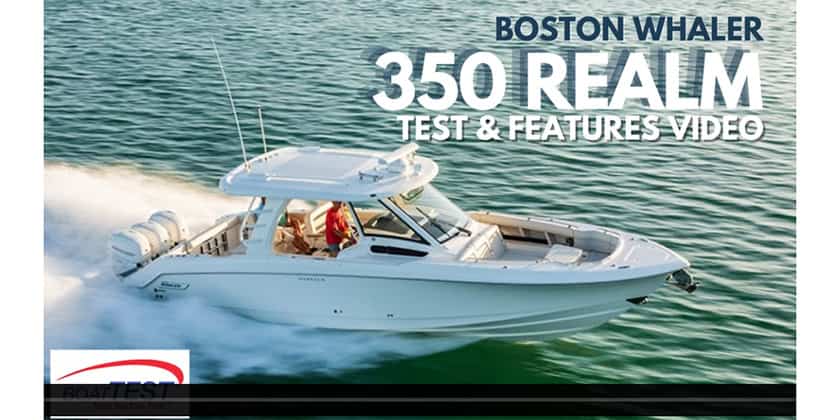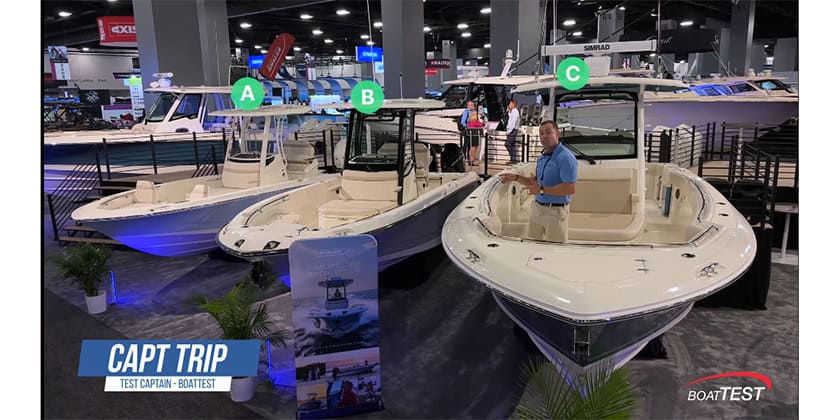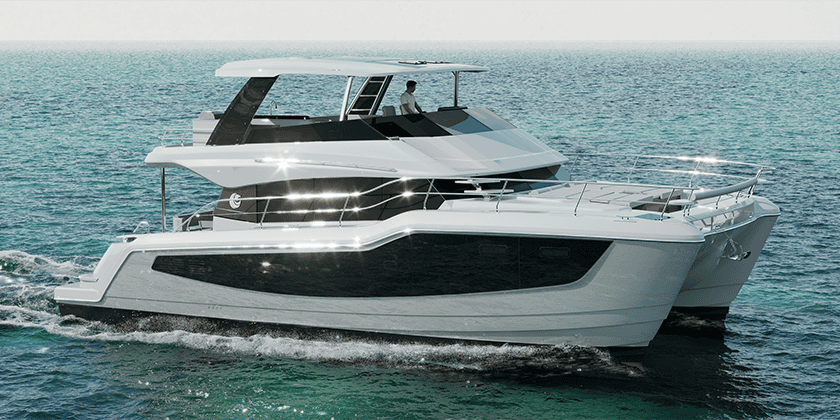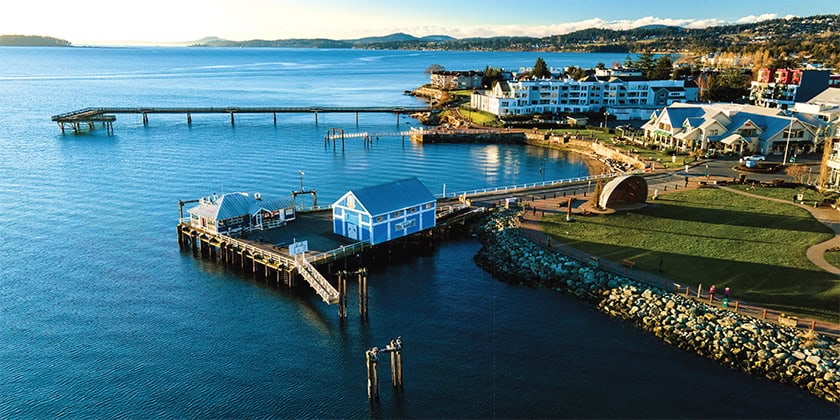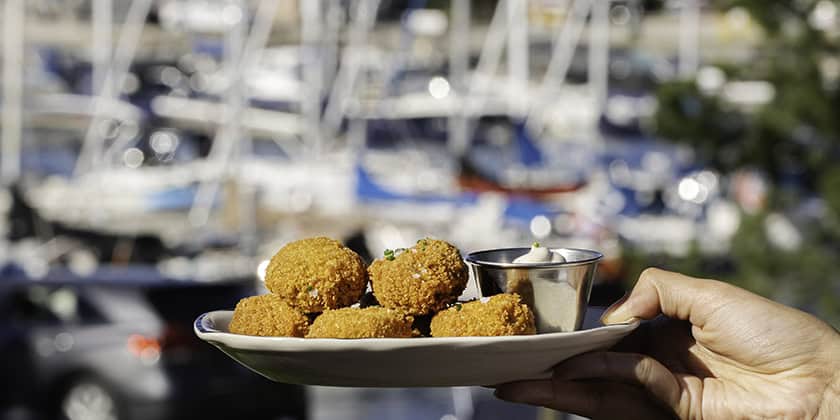Log Of The Caledonia – From Quebec to Newfoundland
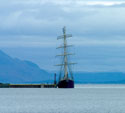
 SATURDAY (1100 HOURS)
SATURDAY (1100 HOURS)
The weather is fine: sunny and hazy. A perfect afternoon on the Saint Lawrence.
At precisely eleven hundred hours the call echoes across the deck of “Caledonia”, a barkentine tall ship two-hundred-forty-five feet long.
“Prepare to cast off.”
Motor boats scurry across water white-veined by a current so strong Quebec’s first inhabitants named this the River that Walks. Heeling dinghies skim the water, a few sloops tack lazily.
We release the dock lines inside a lock at Louise Basin in old Quebec – the place where the waters narrow.
The sun gleams on the silver roof of the Quebec Seminary. The verdigrised gables of the Chateau Frontenac reach skyward in competition with the masts of our ship.
We make our way into the river itself past a red and yellow and blue quilt made from steep tin roofs that crouch atop stone buildings three centuries old. Visitors ashore flock to the patios of Petit Champlain and sip sweating Blanche de Chambly beer beneath green and purple umbrellas. Parents stroll the seawall, pointing out our vessel to their children.
They are, no doubt, envious.
For we have embarked on a historic voyage courtesy of Canadian Sailing Expeditions. From Quebec City we will sail east for nigh on a thousand miles through waters we share with the ghosts of Cartier and Champlain.
Landfall is Newfoundland.
SUNDAY (0800 HOURS)
As yesterday afternoon faded into twilight, we became accustomed to the ship. A copy of “Master and Commander” in hand, I studied the rigging of the great vessel and compared it with the ship skippered by Captain Aubrey. I was possessed by a spirit of history.
We’d passed the blue-black mountains bowing down to the St. Lawrence, the white ribbon of Montmorency Falls, imagining fancy dress balls and Baroque charms. We glided past the Normandy cottages of Ile de Orleans and left tiny beachside fishing villages off our stern. The waters sparkled like diamonds as the boat sliced the river that walks.
A perfect sunset off the port rail interrupted a gourmet meal. The meal was fabulous. The dinner show was sublime.
We shared drinks on the aft deck and leaned over the push pit to watch the fluorescent fireworks of plankton in the black water.
This morning the dawn sun bores through our porthole.
Steep pine-encrusted slopes reach skyward like great beasts, some heights stark and rugged, the occasional ridge etched in shadows.
This is the Saguenay, Canada’s answer to Norway.
We line the rail, staring up at these leviathans, squinting into the sun at a statue of the Blessed Virgin dominating a small plateau four hundred feet above.
The sacred statue fits right in. The Saguenay is the epitome of earth’s aspirations to celestial paradise.
And then we notice the whales as we make our way south through this fjord.
Little coves spring off our port side as we split the tidal race, with a lacy white collar that decorates the place where the waters meet. In those coves, white as the lace dead ahead, we see belugas, cavorting and curious, happy in the water as we are aboard.
Weather is sunny, winds Force Three.
The scenery is Force One Hundred.
TUESDAY (SOMETIME BEFORE LUNCH)
By their nature ship’s logs can make for dry reading but my entries have become downright florid.
Maybe a result of sipping a cold beer on a patio outside a tin-clad café high on the hill at Tadoussac. An ancient churchyard undulates along the sloping hillside below. To our right is the scarlet tin roof of the Hotel Tadoussac. Just past this majestic edifice, guarded by pointed wooden log palisades, squats a replica of one of the first trading posts built in North America.
The sapphire expanse of the river backdrops a lonely and weather-beaten church. In front of the church is a plaque that attests to the fact that Cartier wintered here on his first voyage.
That afternoon we board a rubber dinghy during the afternoon and venture out on the water in search of whales.
Watch a whale break the glassine surface of the water, its pelt fine velvet against the blue-green backdrop of mountains and the sky-reaching opening of the fjord named Saguenay, and try avoiding flowery description.
For this is no mere expedition. It is a voyage through history itself.
But let the log show that provisions that night included lobster.
A DAY OR TWO LATER (SOMETIME DURING THE DAY)
At dawn this morning we passed an archipelago of granite islands. Seals peered at us curiously, their heads tiny brown bumps on the surface of the water. Limestone flowerpot sculptures decorated the horizon.
Having acquired our sea legs, we and our fellow passengers have found our secret spots on board to meditate. We develop a morning routine – some do breakfast, some simply take their steaming coffees outside to be regaled by the passing parades of natural wonders.
This morning is no different. As we make for the dock at Havre St. Pierre in the Mingan Archipelago we pass a pine-clad island decorated with layered slabs of limestone.
We hear a splash. A whale graceful as a dancer arcs through the black surface not twenty feet from the ship.
No one speaks as we glide through this passage and approach the seawall. A flock of children scampers along the shore, waving and yelling.
“Le gros Bateau,” says someone. “They are saying ‘le gros bateau’.”
“Caledonia” – ‘le gros bateau’ – is a barkentine, a combination of square-rigged and fore-and-aft rigged sails. “She is the only sailing vessel of her size that offers coastal cruising adventures in North America,” according to Doug Prothero, president and co-proprietor of Canadian Sailing Expeditions. A rig well-loved by pirates, the barkentine was known for her maneuverability close to shore.
Her beam is thirty feet, her LOA is two hundred and forty-five feet and she can fly seventeen thousand square feet of sail.
And we have begun to know her: in the past days we have stood by to “man the braces”, we have done “twos and sixes”, hauling great and burning lines, we have hoisted canvas in the same way our forebears did three centuries ago on these waters. And we have traveled through time with this timeless vessel.
Even the names of the cabins below deck bear testament to that legacy.
Sign on for one of the excursions offered by Canadian Sailing Expeditions (they range from this ten-day voyage from Quebec to Newfoundland to Newfoundland coastal adventures, Quebec excursions, another passage to Nova Scotia and the chance to explore the waters off Nova Scotia itself) and berth in a cabin named for Cartier, for Cabot, for Cook, and for Champlain.
Come winter you can stroll her decks from one end of the Caribbean to the other, with four one-week passages from BVI to Grenada without repeating a single island.
THE FIRST DAY OF CREATION (TIMELESS)
For a day and half the seas pounded the boat, though “Caledonia” took it in stride. Wind whipped the waters into meringue, squalls blasted the decks. But in the night we pass into the lee of Newfoundland and now, at dawn, the seas are mirrored glass.
A blanket of fog rolls away like the curtain at an opera, showing a spectacle without equal.
Centre stage is a stark emerald-coloured monolith – an island boasting moss-covered rocks climbing sheer bluffs five hundred feet high. In the wings a white stream cascading down the side of a cliff splashes into pewter waters. A lighthouse, cloaked in mist, shivers on a rock headland.
Hump-backed islands recline in the waters off the coast of the New-Found-Land and a procession of mountains, now blue, now green, now swathed in cozy blankets of mist, march east across this great island, first bastion of the New World.
And there is breathless silence as we approach land. We are all out on the deck but we can’t talk. We see this vista and we feel it in the pits of our stomachs.
It is a view – and a place – that words will not capture. We have acquired ringside seats at the Garden of Eden.
But the journey has drawn to a close. We have embarked on a veritable voyage through time on a majestic and stalwart steed. Then it hits me that this is but the first leg of Caledonia’s journey.
She will next traverse Newfoundland in a trip they call “Fjords, Bays and Tickles.” Passengers will stamp their feet dancing seafaring jigs in seaside bars. They will kiss the cod and imbibe the requisite Newfie Screech. For a while they will feel the pulse of this island and maybe even become honorary Newfoundlanders.
It is then, even before we have touched the dock at Corner Brook, that I make my way to Doug Prothero. It is here, just off the coast of Newfoundland, that I entreat Prothero.
“Sign me on,” I plead. “Sign me on for the next leg.”

